
 call us : +8613866722531
call us : +8613866722531
 send a message : pweiping@techemi.com
send a message : pweiping@techemi.com
 call us : +8613866722531
call us : +8613866722531
 send a message : pweiping@techemi.com
send a message : pweiping@techemi.com
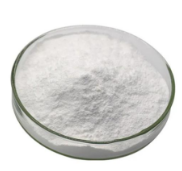
Name: Sodium bicarbonate CAS No.: 144-55-8 Appearance: White powder or opaque monoclinic system fine crystals Molecular formula: CHNaO3 Molecular Weight: 84.01 Melting point:>300 °C(lit.) PACKAGE:25KG/BAG
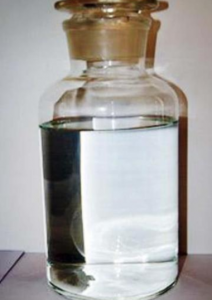
Name: Dichroromethylvinylsilane CAS number: 124-70-9 Molecular formula: C3H6Cl2Si Molecular weight: 141.07 EINECS number: 204-710-3 Mol file: 124-70-9.mol
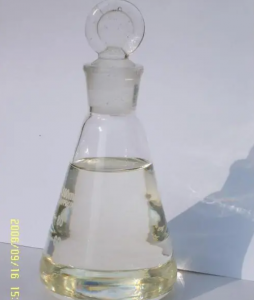
Name: Vinyltrimethylsilane CAS number: 754-05-2 Molecular formula: C5H12Si Molecular weight: 100.23 EINECS number: 212-042-9 Mol file: 754-05-2.mol
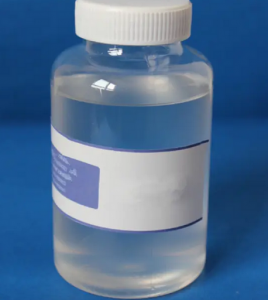
Name: Ethoxydimethylvinylsilane CAS number: 5356-83-2 Molecular formula: C6H14OSi Molecular weight: 130.26 EINECS number: 226-341-7 Mol file: 5356-83-2.mol
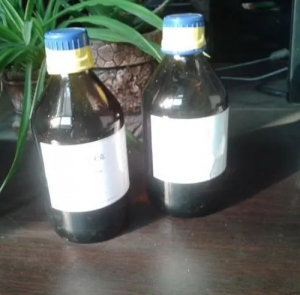
Name: CHLORODIMETHYLPINYLSILANE CAS number: 1719-58-0 Molecular formula: C4H9ClSi Molecular weight: 120.65 EINECS number: 217-007-1 Mol file: 1719-58-0.mol
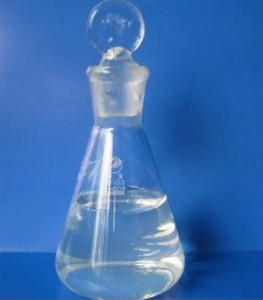
Name: 1,1,3,3-TETRAMETHYL-1,3-DIVINYLDISILAZANE CAS number: 7691-02-3 Molecular formula: C8H19NSi2 Molecular weight: 185.41 EINECS number: 231-701-1 Mol file: 7691-02-3.mol
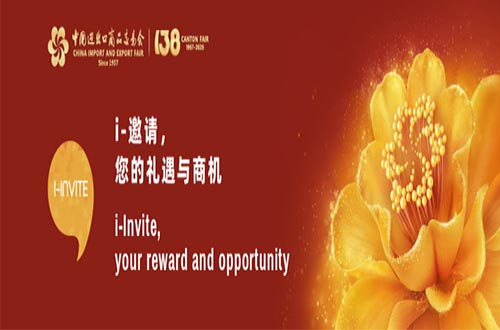
Welcome to 138th China Import and Export Fair Dear Sir or Madam, The 138th Canton Fair is scheduled to open on October 15th, featuring continuous optimization of exhibition structure, various premium ...
Nitenpyram is an insecticide used in agriculture and veterinary medicine to kill off external pests, like fleas. The compound is a neurotoxin belongs to the class of neonicotinoids, which works by blocking neural signaling of the central nervous system in specifically insects. It does so by binding irreversibly to the Nicotinic acetylcholine receptor (nACHr), causing a stop of the flow of ions in the postsynaptic membrane of neurons, leading to paralysis and death. Being highly selective towards certain variation of the nACHr, namely the types insects possess, nitenpyram has been seen extensible use in targeted insecticide applications, such as pet treatment and agriculture.
Known under the codename TI 304 during field testing starting in 1989, the compound’s first documented commercial use was in 1995 under the name “Bestguard” as an agricultural insecticide.Later, nitenpyram was expanded on use as a flea treatment by the Novartis company under the trade name “Capstar”, with a subsequent FDA approval for non-food producing animals in october 2000. The current producer of nitenpyram itself is the Sumitomo chemical company. Nitenpyram continues to be used commercially , though data from market surveys indicate a significant decrease in the global usage compared to other insecticides or neonicotinoids.
Due to its use as an insecticide and treatment of non-food producing animals, it was not deemed necessary to research the human toxicology during its main use, and as such not much is known about the details of nitenpyram effects on humans. Looking at rat experiments, however, the lethal amount of nitenpyram is quite high (in grams) in mammals in general, whereas invertebrates will die with only micro or nanograms of the substance.
Neonicotinoids, in general, have a low degradation when used in application of agriculture, which allows for a long lasting protection of the crops against plant-sucking insects and indirectly the plant diseases these insects might carry.
 online service
online service +8613866722531
+8613866722531 pweiping@techemi.com
pweiping@techemi.com pweiping
pweiping +8613866722531
+8613866722531